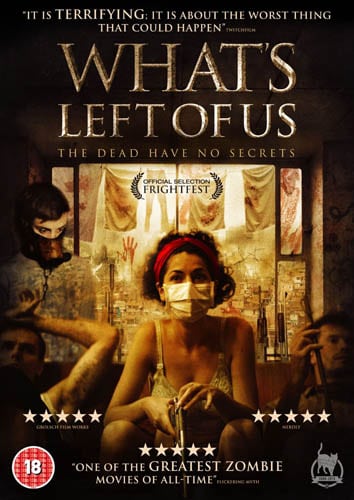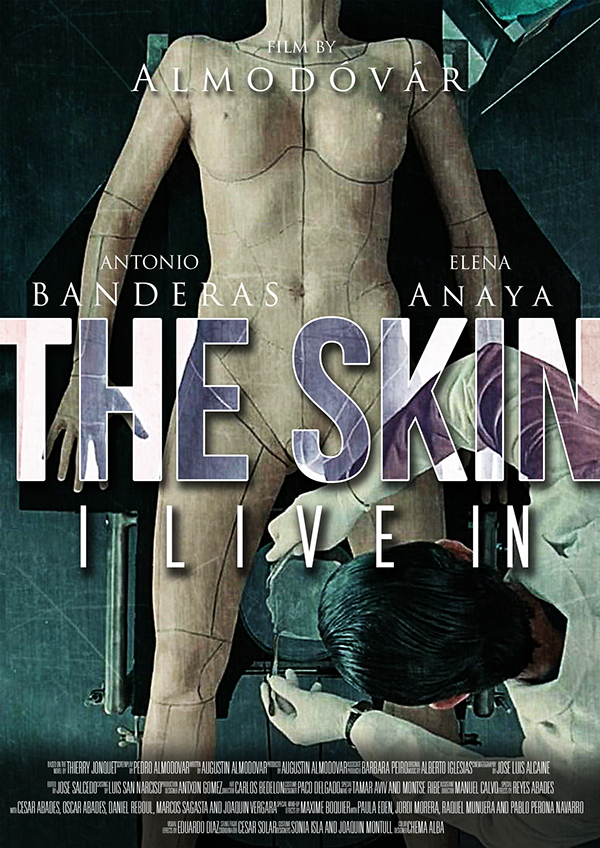Copyright 2018 by Gary L. Pullman
One source of
horror results from supplying bizarre or unusual answers to the
question why?
This
question relates to such categories as cause, motive, purpose, or
use.
Ordinarily,
we identify and subscribe to ordinary, or at least understandable,
reasons for doing something, even if the “something” we do is
itself bizarre or unusual. For example, for body modification—a
practice that many would regard as bizarre or unusual, at least in
its more extreme forms—is explained by the anonymous author or
authors of the Wikipedia
article on this topic as “often [being] done for aesthetics, sexual
enhancement, rites of passage, religious beliefs, [for the] display
[of] group membership or affiliation, in remembrance of lived
experience, [for the display of] traditional symbolism . . . for
shock value, and as self-expression.”
Body
modification, the article explains, can be divided into the use of
“explicit ornaments” (piercings, implants, tattooing, teeth
blackening, and wearing neck rings); surgical augmentation (breast
implants, male enhancement surgery, silicone injection, and subdermal
implants); removal or splitting (cutting or removing hair, female
genital mutilation, clitoral hood reduction, clitoridectomy,
infibulation, labiaplasty, circumcision, foreskin restoration,
emasculation, genital bisection or inversion, genital frenectomy,
“headsplitting” [splitting the glans penis], meatotomy,
orchiectomy, penectomy, subincision, nipple cutting or splitting,
nullification, lingual frenectomy, and tongue-splitting); the
application of long-term force (corseting, cranial binding, breast
ironing, foot binding, anal stretching, jelqing, non-surgical organ
elongation); and “others” (human branding, ear shaping or
cropping, scarification, human tooth sharpening, and yaeba).
Whatever
one's demons, when it comes to body modification, horror stories,
whether on the page of on the stage (or the sound stage) aren't
likely to settle for such (relatively) mundane motives as those
identified in the Wikipedia
article. When motive is to be the source of a horror story's horror,
it stands to reason that the motive must be a horrific, not a
generally socially acceptable, one, which begs the question, Why,
in horror stories, do characters perform or undergo extreme body
modifications?
The following
table suggests the motives that some horror movies, at least, have
provided.
|
Movie
|
Motive
|
|
Tattoo (2002) |
Profit: A murderer kills victims for their unique
tattoos, which he then sells to weirdo collectors. |
|
American Mary (2012) |
Profit: Medical student Mary Mason modifies
clients' bodies to pay her way through school. Revenge: She later
modifies the bodies of men who drugged and raped her. |
|
What's Left of Us (2013) |
Scorn: When Ana rejects his love for her, Axel
tattoos himself so he will be repulsive to her. |
|
The Human Centipede (2009) |
Insanity: A mad doctor wants to create new
creatures, so he plays God by sewing women together, mouth to
anus, to form a “human centipede.” He also severs tendons in
their legs to prevent them from walking, ensuring, thereby, that
they must crawl, as befits their new identity. |
|
Taxidermia (2006) |
Art for Art's Sake: After removing his own
internal organs, a young man named Lajoska, arranges for a machine
to decapitate him so he can become a grotesque statue. |
|
The Skin I Live In (2011) |
Forced Feminization: Plastic surgeon Robert
Ledgard performs a vaginoplasty on a captured man whom Ledgard
plans to use as a replacement for his late wife. |





No comments:
Post a Comment